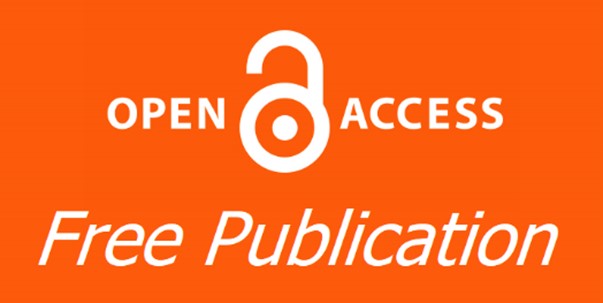Article Type
Article
Abstract
Background and objective: Septoplasty is conservative approach to nasal septal surgery. In this operation much of the septal framework is retained .Only the most deviated parts are removed, rest of septal framework is corrected and repositioned by plastic means. For some extent in relation to many factors this surgery may become technically difficult to be performed sufficiently thus subsequently resulting in post-operative morbidities on top of local as well as systemic sequel and complications.
This study was conducted prospectively to evaluate for these variable patterns of difficulties, in relation to patient's demography, patient's health status, septal contour, and surgical technique. In addition, we tried to study the effect of these suggested difficulties on the outcomes of this common surgical procedure in rhinology.
Patients and methods: 663 patients aged 4-63 years of different types of DNS, namely c-shaped, s-shaped, anterior caudal dislocation, and nasal spur with and without external deformities of the nose, presented with variable pictures of clinical presentation of DNS at ENT department – Althowra central hospital and Altarahom private center- Elbyda city –Libya at period in between September 2005 to January 2014 who operated by septoplasty as closed technique. The variable patterns of procedure difficulties were studied and correlated todemographic,anatomical, pathological as well as surgical factors, namely 1) patients age, 2) sex,3) type of clinical presentation, 4) cause of septal deviation,5) type of DNS, 6) associated local pathology with deviation 7) recurrent or first attempt of surgery, 8)associated external deformity, and 9) surgical technique which was performed. Patients postoperatively were followed for 3-6 months and assessed for outcomes of the surgery in relation to these recorded difficulties.
Results: 25% of patients who underwent the septoplasty procedure elucidated difficult procedure due to certain factors which could be related to patient's general status, or local pathological circumstance, or surgical technique itself. Those patients followed for 3-6 months and 60% of them shown varieties of local complications ranged from local atrophic changes, to synaechia, and septal perforation.
Conclusion: Generally speaking, the septoplastyis not always easy procedure. It might be so difficult that may create a permanent and non-curable postoperative sequels and complications. Thus these possibly appeared difficulties may be overcome by proper preoperative evaluation and preparation of patient, proper decision making, and improvement of our surgical technique in regard.
Keywords: Septoplasty, difficult septoplasty, deviated nasal septum reconstruction, septorhinoplasty, postseptoplasty complications
Recommended Citation
Bofares KM.
When septoplasty will be considered as difficult procedure?.
Pan Arab J. Rhinol.
2014;
4 : -.
Available at:
https://pajr.researchcommons.org/journal/vol4/iss2/2
















